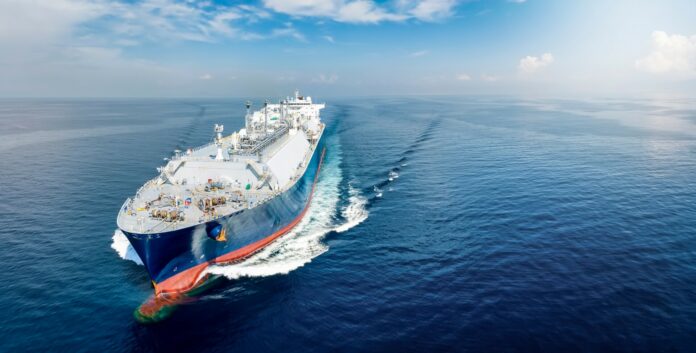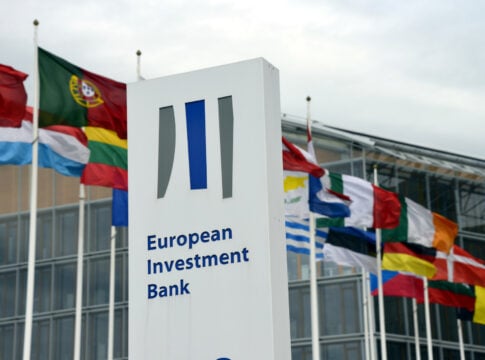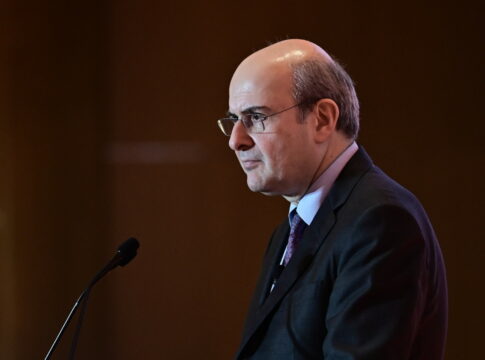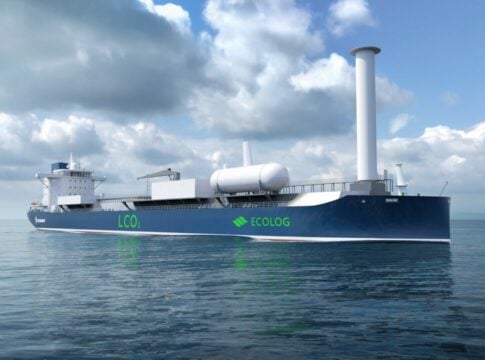LNG is expected to remain the most efficient fuel for ships until 2035, due to its lower emissions profile compared to traditional fuels, existing infrastructure, and alignment with IMO targets.
The transition to zero-emission fuels and technological advancements in alternative fuels could start to challenge LNG’s cost advantage after 2035.
According to an analysis by energy research firm Rystad Energy, both the International Maritime Organization (IMO) and the EU’s green regulations indicate that liquefied natural gas (LNG) will remain a low-cost fuel option through 2035.
The consultancy assessed the costs of using LNG, very low sulfur fuel oil (VLSFO), and e-ammonia.
“The findings reveal that LNG maintains its cost competitiveness under various regulatory frameworks through 2035,” wrote Rystad’s Senior Data Analyst Junlin Yu and Vice President of Supply Chain Research Jo Friedmann.
They noted that the production cost of e-ammonia struggles to compete with fossil fuels, even when factoring in regulatory penalties and production incentives.
The price gap may only narrow through the sale of surplus compliance units in pooling systems and rewards for zero and near-zero carbon (ZNZ) fuels, once those are defined by the IMO.
Using a similar analytical framework, Rystad Energy expanded its analysis to examine the cost of using LNG under IMO regulations, particularly when deployed in dual-fuel slow-speed engines.
The analysis also includes a cost comparison between LNG and VLSFO under EU regulations such as FuelEU Maritime and the EU Emissions Trading System (EU ETS), as well as the cost of e-ammonia.
As previously mentioned, the findings confirm that LNG retains its cost advantage through 2035.














